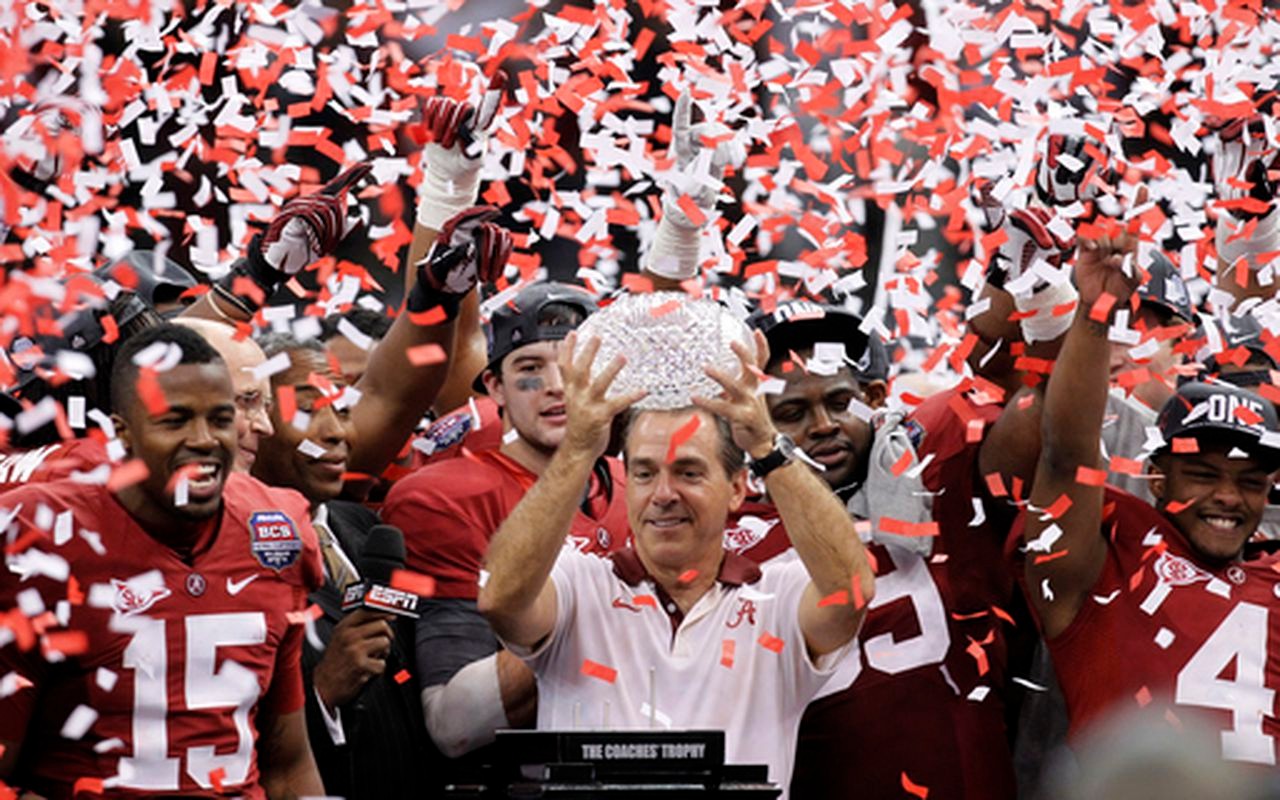Moneyballing the Tide - ML tools for recruitment and player development
In 2003, as Michael Lewis's Moneyball was introducing the world to sports analytics, college football remained firmly in the analog era. The University of Alabama's storied football program was still receiving game statistics via fax and recruiting footage on VHS tapes. Through the Randall Research Scholars program, I partnered with the coaching staff to develop what would become one of college football's earliest ML-driven recruiting models.
Though it sometimes seems limitless, many coaching resources are governed by NCAA rules as well as feasibility -- time, scholarship slots, and travel budget -- and the program sought to maximize identification of successful college players, especially those receiving less media attention.
We approached this as a predictive modeling challenge with two key components:
-
Current Player Modeling: We digitized years of game statistics and collaborated with Strength and Conditioning coaches to capture comprehensive physical metrics (body measurements, weightlifting performance, sprint times). For each position group, we developed multiple models with depth chart position as the dependent variable.
-
Development Trajectory Prediction: Using historical data, we modeled the typical physical and performance development curves from high school through five years of college eligibility. This allowed us to project a recruit's likely physical maturation and on-field impact across their potential college career.
Implementation and Results
We created a simulation engine that allowed recruiters to input a high school player's current metrics and generate projections for their development and game-impact over time. In an era before YouTube and social media recruiting, this provided Alabama with a significant competitive advantage in identifying undervalued talent.
The impact was substantial. The program identified several overlooked recruits, including one player who had received virtually no attention from major programs, but who became an All-American and was selected in the second round of the NFL Draft with a $4 million contract.
This project's success came from combining the coaches' domain expertise with statistical insights to create actionable intelligence -- a pattern I've replicated throughout my career across various industries.
Roll Tide!
